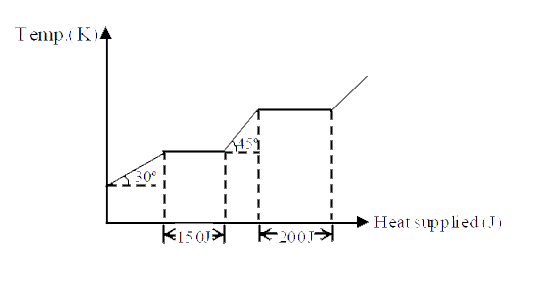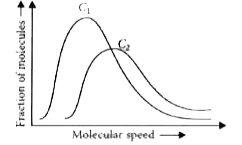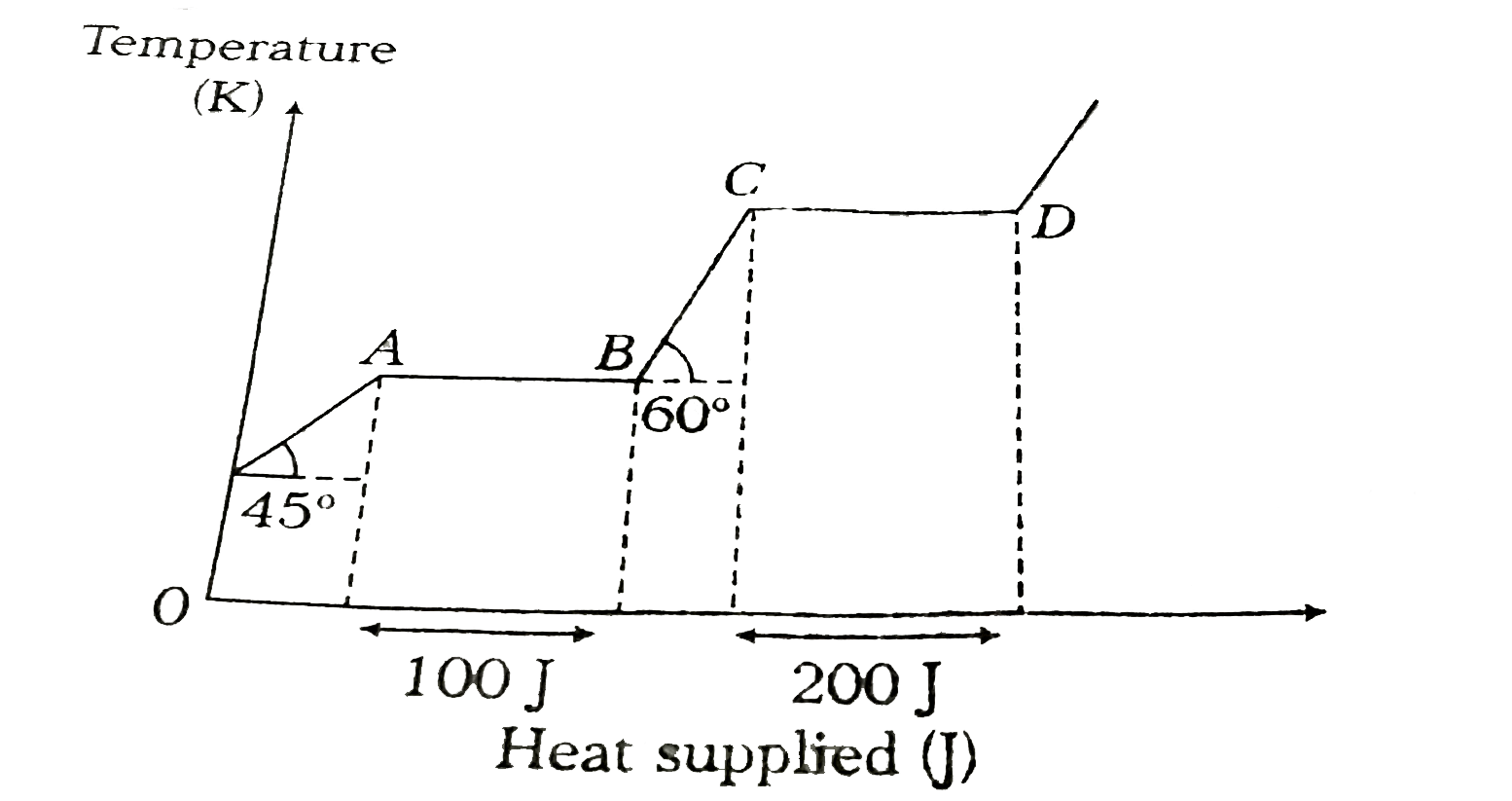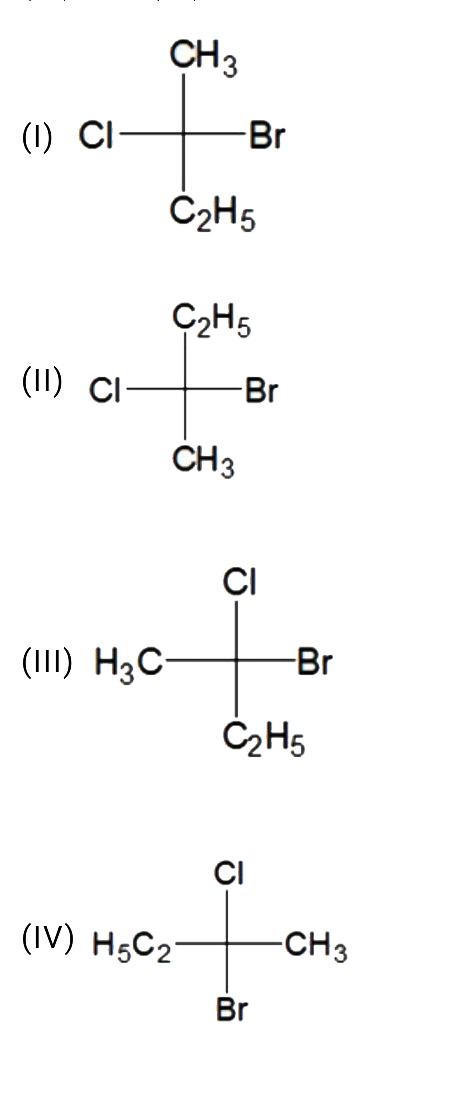Different methods of extinguishing a fire involve the following :
I. Removing the combustible substance
II. Cooling the substance to a temperature below its ignition temperature
III. Cutting off the supply of air
Which of the following statements is correct ?
Method I is suitable in case of a building on fire.
Method II involves water which works when wood or paper are on fire.
Method III involves carbon dioxide gas which is lighter than oxygen and forms a blanket around the air.
All of these
The correct Answer is:B
To determine which statements about methods of extinguishing a fire are correct, let's analyze each method one by one.
Step 1: Analyze the First Method
Statement I: Removing the combustible substance
- This method suggests that to extinguish a fire, one should remove the material that is burning (the combustible substance).
- In practice, this is often not feasible, especially in larger fires such as those in buildings, where the entire structure may be involved. Removing the combustible material (like walls, furniture, etc.) is impractical and difficult.
- Conclusion: This statement is incorrect.
Step 2: Analyze the Second Method
Statement II: Cooling the substance to a temperature below its ignition temperature
- The ignition temperature is the minimum temperature at which a substance will ignite and start burning.
- If we cool the burning material below this temperature, it will not be able to sustain combustion.
- This method is effective, especially for materials like wood or paper. For example, using water to cool these materials can help extinguish the fire.
- Conclusion: This statement is correct.
Step 3: Analyze the Third Method
Statement III: Cutting off the supply of air
- Fire requires oxygen to sustain combustion. By cutting off the air supply, we can extinguish the fire.
- One common way to do this is by using carbon dioxide (CO2) extinguishers, which displace oxygen and form a blanket around the fire, preventing it from getting the oxygen it needs.
- Since CO2 is not combustible and does not support combustion, this method is effective.
- Conclusion: This statement is correct.
Final Conclusion
Based on the analysis:
- Statement I is incorrect.
- Statement II is correct.
- Statement III is correct.
Thus, the correct statements regarding methods of extinguishing a fire are II and III.
Statement I: Removing the combustible substance
- This method suggests that to extinguish a fire, one should remove the material that is burning (the combustible substance).
- In practice, this is often not feasible, especially in larger fires such as those in buildings, where the entire structure may be involved. Removing the combustible material (like walls, furniture, etc.) is impractical and difficult.
- Conclusion: This statement is incorrect.
Statement II: Cooling the substance to a temperature below its ignition temperature
- The ignition temperature is the minimum temperature at which a substance will ignite and start burning.
- If we cool the burning material below this temperature, it will not be able to sustain combustion.
- This method is effective, especially for materials like wood or paper. For example, using water to cool these materials can help extinguish the fire.
- Conclusion: This statement is correct.
Statement III: Cutting off the supply of air
- Fire requires oxygen to sustain combustion. By cutting off the air supply, we can extinguish the fire.
- One common way to do this is by using carbon dioxide (CO2) extinguishers, which displace oxygen and form a blanket around the fire, preventing it from getting the oxygen it needs.
- Since CO2 is not combustible and does not support combustion, this method is effective.
- Conclusion: This statement is correct.
Based on the analysis:
- Statement I is incorrect.
- Statement II is correct.
- Statement III is correct.
Topper's Solved these Questions
- BOOK - SCIENCE OLYMPIAD FOUNDATION CHAPTER - COMBUSTION AND FLAMEEXERCISE - MULTIPLE CHOICE QUESTION (ACHIEVERS SECTION (HOTS))5videos
COMBUSTION AND FLAME
- BOOK - SCIENCE OLYMPIAD FOUNDATION CHAPTER - COAL AND PETROLEUMEXERCISE - MULTIPLE CHOICE QUESTION (ACHIEVERS SECTION (HOTS))5videos
COAL AND PETROLEUM
- BOOK - SCIENCE OLYMPIAD FOUNDATION CHAPTER - METALS AND NON-METAL EXERCISE - ACHIEVERS SECTION (HOTS)5videos
METALS AND NON-METAL
Similar Questions
A combustible substance cannot catch fire or burn as long as its temperature is lower than its ignition temperature. Explain with examples.
View SolutionThe temperature change versus heat supplied curve is given for 1 kg of a solid block. Then which of the following statement(s) is/are correct:
 View Solution
View Solution
Knowledge Check
- Question 1 - Select One
Which of the following substances has the lowest ignition temperature ?
AkeroseneBspiritCdieselDmustard oil - Question 2 - Select One
The distribution of molecular speeds for CO2 at different temperatures is given below, which of the following statements is incorrect?
 AIt represents Maxwell's distribution curve.BTemperature of C2 graph is more than that of C1.CThe average velocity of molecules in C2 graph is more than C1.DVelocity ∝1√M, therefore, molecular mass of molecules in C1<C2.
AIt represents Maxwell's distribution curve.BTemperature of C2 graph is more than that of C1.CThe average velocity of molecules in C2 graph is more than C1.DVelocity ∝1√M, therefore, molecular mass of molecules in C1<C2. - Question 3 - Select One
The temperature change versus heat supplied curve is given for 1 kg of a solid block. Then, which of the following statement is/are correct ?
 ASpecific heat capacity of the solid is 2Jkg−1K−1BSpecific heat capacity of liquid phase is √3Jkg−1K−1CLatent heat of vaporisation is 100Jkg−1DLatent heat of vaporisation is 200Jkg−1
ASpecific heat capacity of the solid is 2Jkg−1K−1BSpecific heat capacity of liquid phase is √3Jkg−1K−1CLatent heat of vaporisation is 100Jkg−1DLatent heat of vaporisation is 200Jkg−1
A fire can be extinguished either by lowering temp below the ignition temperature of combustible material or by cutting off the supply of air.
View SolutionConsider the following structures (I), (II), (III) and (IV).

Which of the following statements is not correct?View SolutionThe given figures show arrangement of particles of a substance X at different temperatures.

Which of the following statements is correct?View SolutionAssertion : The ignition temperature of kerosene oil is lower than that of wood.
Reason: A combustible substance cannot catch fire as long as its temperature is lower than its ignition temperature.View SolutionA well insulated substance in solid state is heated at a constant rate until it vaporizes completely. The temperature-time graph of the substance is shown below . Which of the following statements is//are true?
_E01_077_Q01.png) View Solution
View Solution

